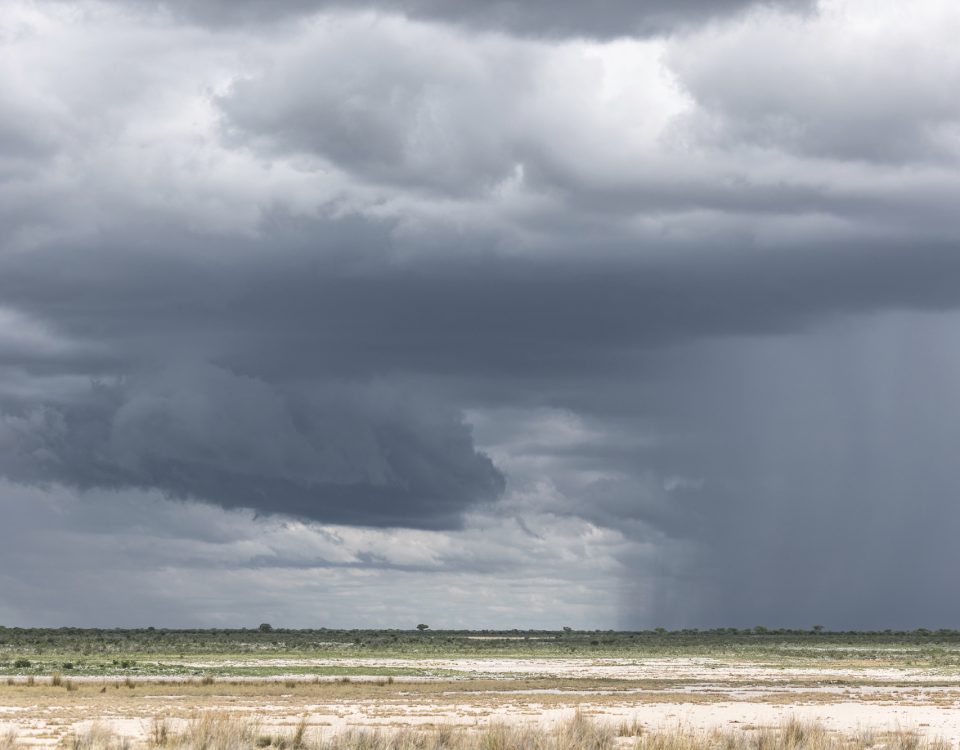The Meat Man At Moon Mountain
May 2, 2015A Tribute To The Zambezi Region
May 5, 2015Compiled Annabelle Venter | Photograph Paul van Schalkwyk
Have you planned a trip to Namibia in our autumn months? If not, maybe it’s not too late to do so this year! It’s well known that this is a special time to visit as the weather is becoming cooler and the country is beautifully green (if the precious rains have fallen). There’s a sense of renewal, and the inhabitants, both two and four-footed, are set up for another year in our semi-arid land.
Etosha is simply stunning in autumn, with young antelope born during the rains dotting the plains, leading to some great predator action. You might even find breeding flamingos on the pan in a good rain year. Summer visitor birds are getting ready to leave southern Africa by the first week in April. By the end of autumn, the elephants that have migrated to follow the summer rains in Angola start returning to the park.
Up north east in the Zambezi region, lots of rain falls well into April. Standing water makes secondary roads waterlogged and gives rise to the possibility of contracting malaria. But the risk is worth it for the sheer magic you’ll find – green savannahs, sparkling summer birds, and leaves on the otherwise bare trees.
Down south you could be treated to rolling swathes of grasslands that stretch out to the horizon and again a sense of relaxation and well being pervades for now.
So what are you waiting for? Grab your camera and mosquito repellent and jump on a plane!
AVERAGE NAMIBIAN RAINFALLS
Windhoek : March 81 mm / April 38 mm / May 6 mm
North-Eastern: March 96 mm / April 37 mm / May 2 mm
Coastal: March 8 mm / April 2 mm / May 2 mm
MAX/MIN TEMPERATURES (CELSIUS)
| MARCH | APRIL | MAY | |
| WINDHOEK | 27/15 | 26/13 | 23/9 |
| SWAKOPMUND | 23/15 | 24/13 | 23/11 |
| ZAMBEZI | 31/18 | 30/15 | 29/10 |
SUNRISE & SUNSET WINDHOEK
* Remember the time changes on 5 April!
| SUNRISE | SUNSET | |
| 21 March | 06h55 | 19h01 |
| 21 April | 06h06 | 17h33 |
| 21 May | 06h19 | 17h16 |
MOON PHASES
| FULL MOON | NEW MOON | MICRO MOON | AUTUMN EQUINOX |
| 5 March | 20 March | 5 March at 20h06 | 21 March at 00h45 |
| 4 April | 18 April | A micromoon occurs when the moon is farthest from the earth | Equinox means the day and night are of equal length |
| 4 May | 18 May | ||
GENERAL AUTUMN SAFETY PRECAUTIONS
– Because it’s still raining into April, rivers that appear to be dry could flood, so don’t camp in a dry riverbed.
– Be careful about driving across flowing rivers – wade in first if you can and if possible don’t go it alone!
– Keep an eye on the lightning and if it’s really close, take shelter in your vehicle or accommodation.
*AUTUMN TIME
In Namibia we employ daylight saving during the summer. So on 5 April this year we’ll turn our clocks BACK 1 HOUR which brings us to winter time. This means we’ll have more light in the morning as the days get shorter, making it slightly easier to get up on a cold winter’s morning! Namibia’s time zone during our winter is therefore GMT+1.
AUTUMN HEALTH HAZARD
– Do remember to consult your doctor before leaving home, to find out what the best anti-malarial prophylaxis is for you. This is PRIME MALARIA time, especially north of Windhoek, and travelling in these areas is HIGH RISK at this time of the year.
– Malaria is still the number-one killer disease in Africa and the risk should not be taken lightly.
This article was first published in the Autumn 2015 issue of Travel News Namibia.

